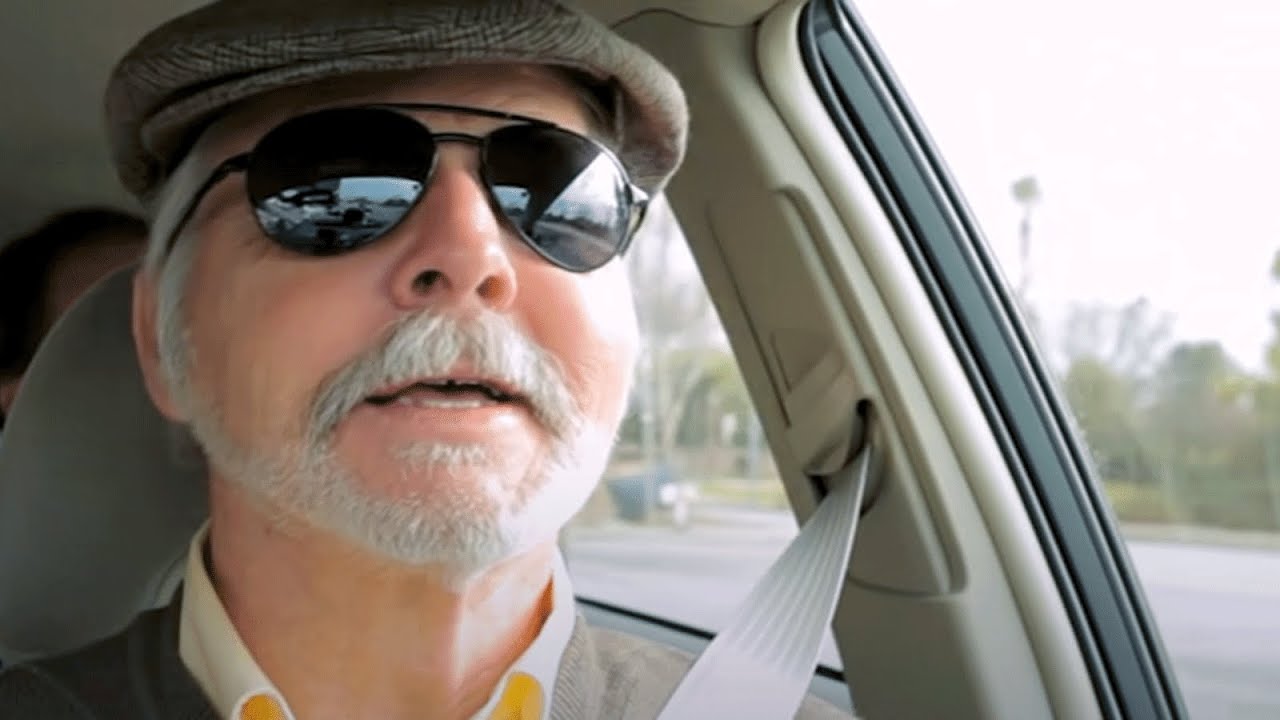U.S. urges states not to allow general use of self-driving cars -

The National Highway Traffic Safety Administration unveiled new recommendations to states for self-driving cars, urging them to be used only for testing and to require safeguards to ensure they can be taken over by a driver in the case of a malfunction.
NHTSA also said it was embarking on a four-year research effort on self-driving or autonomous vehicles as it considers requiring features like automatic braking, in which the car takes action to prevent crashes.
“We believe there are a number of technological issues as well as human performance issues that must be addressed before self-driving vehicles can be made widely available,” NHTSA said in its 14-page automated driving policy statement. “Self-driving vehicle technology is not yet at the stage of sophistication or demonstrated safety capability that it should be authorized for use by members of the public for general driving purposes. Should a state nevertheless decide to permit such non-testing operation of self-driving vehicles, at a minimum, the state should require that a properly licensed driver (i.e., one licensed to drive self-driving vehicles) be seated in the driver’s seat and be available at all times in order to operate the vehicle in situations in which the automated technology is not able to safely control the vehicle.”
NHTSA says as self-driving cars improve, they will reconsider. NHTSA says self-driving cars being tested in California, Florida and Nevada by Google and Audi of America should have the capability of detecting that their automated vehicle technologies have malfunctioned “and informing the driver in a way that enables the driver to regain proper control of the vehicle.” The Michigan Legislature is also considering allowing self-driving car testing.
Self-driving cars have drawn enormous media attention in recent months, including being featured on the cover of the Economist and in hundreds of articles.
In a telephone interview from Seoul, Korea, NHTSA Administrator David Strickland said the current companies testing vehicles are complying with their recommendations — but the agency wants to ensure that new players also adopt best practices. He still believes full autonomous vehicles are a long way from being ready for consumer adoption.
NHTSA’s policy will provide states interested in passing similar laws with assistance “to ensure that their legislation does not inadvertently impact current vehicle technology and that the testing of self-driving vehicles is conducted safely,” the agency said.
“We’re encouraged by the new automated vehicle technologies being developed and implemented today, but want to ensure that motor vehicle safety is considered in the development of these advances,” Strickland said. “As additional states consider similar legislation, our recommendations provide lawmakers with the tools they need to encourage the safe development and implementation of automated vehicle technology.”
NHTSA says self-driving test vehicles should have the capability of recording malfunctions or failures in order to understand the causes.
“Any regulation that allows for the operation of self-driving vehicles on public roads should ensure that entities installing automated technology in vehicles do not disable federally required safety systems,” NHTSA said.
NHTSA’s research on self-driving vehicles is also in order for the agency to establish safety standards for these vehicles, if they become commercially available.
Driverless cars use video cameras, radar sensors, laser rangefinders and detailed maps to monitor road and driving conditions. Automated systems make corrections to keep the car in the lane, brake and accelerate to avoid accidents, and navigate.
Google has logged more than 300,000 miles on U.S. roads with self-driving cars. Earlier this year, Michigan Gov. Rick Snyder said the nation eventually is “going to have vehicles that may not even have people in them. I am not suggesting that now, so don’t get nervous, but California, Florida and Nevada have already passed legislation on autonomous vehicles. They’re ahead of us, and aren’t we the automotive capital of the world?”
Under the proposed Michigan state law, a manufacturer license plate would include an “M” designation. The measure would permit manufacturers and suppliers to use the M plate for automated vehicle testing. “Upfitters” of automated vehicles, such as Google, would be included.
Automakers already offer safety systems that are stepping stones to self-driving cars: lane-departure warning and lane-keeping assist systems, blind-spot warnings, forward-collision warning and prevention, and adaptive cruise control.
But NHTSA says the technology could help reduce thousands of car deaths, save millions of gallons of fuel in reduced congestion -- since self-driving cars wouldn’t get into traffic jams -- and save the U.S. potentially tens of billions of dollars.
“America is at a historic turning point for automotive travel. Motor vehicles and drivers’ relationships with them are likely to change significantly in the next ten to twenty years, perhaps more than they have changed in the last one hundred years,” NHTSA says. “Recent and continuing advances in automotive technology and current research on and testing of exciting vehicle innovations have created completely new possibilities for improving highway safety, increasing environmental benefits, expanding mobility, and creating new economic opportunities for jobs and investment. The United States is on the threshold of a period of dramatic change in the capabilities of, and expectations for, the vehicles we drive. In fact, many are inspired by the vision that the vehicles will do the driving for us.”
Transportation Secretary Ray LaHood said the agency is focused on safety.
“Whether we’re talking about automated features in cars today or fully automated vehicles of the future, our top priority is to ensure these vehicles — and their occupants — are safe,” LaHood said. “Our research covers all levels of automation, including advances like automatic braking that may save lives in the near term, while the recommendations to states help them better oversee self-driving vehicle development, which holds promising long-term safety benefits.”
Read more -
http://www.detroitnews.com/article/20130530/AUTO01/305300045/U-S-urges-states-not-allow-general-use-self-driving-cars?odyssey=tab|topnews|text|FRONTPAGE




